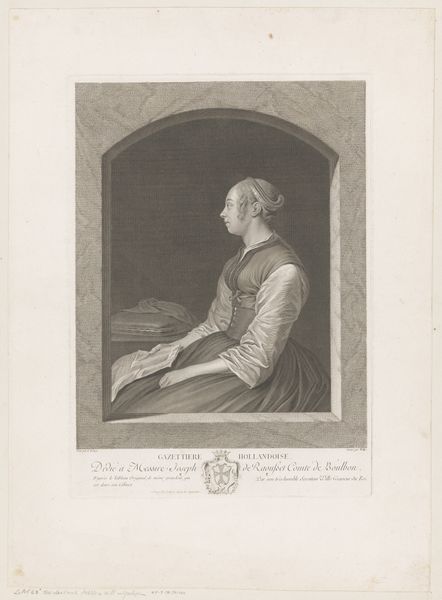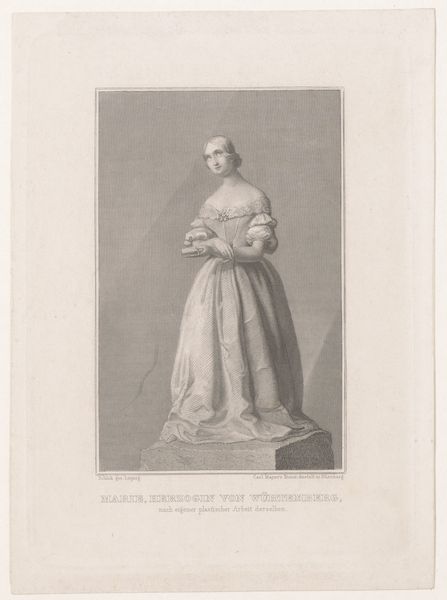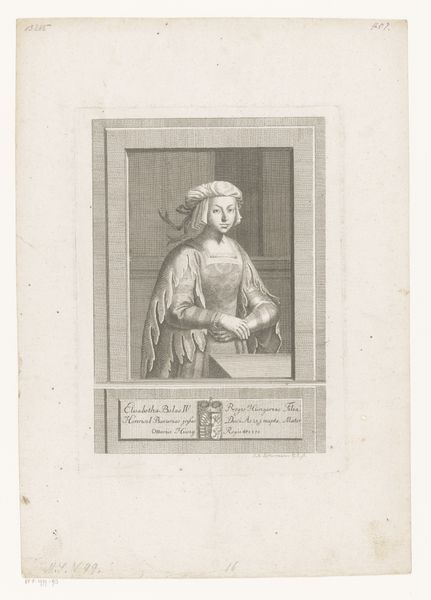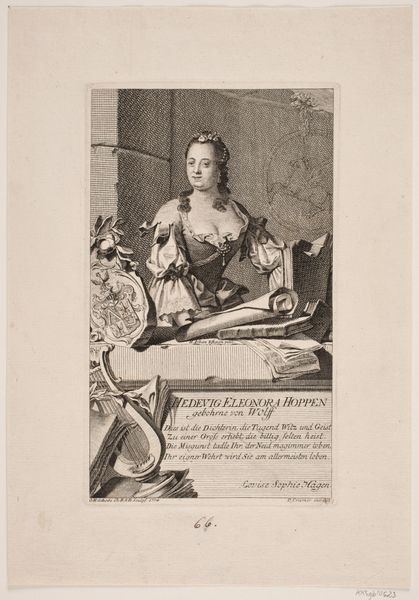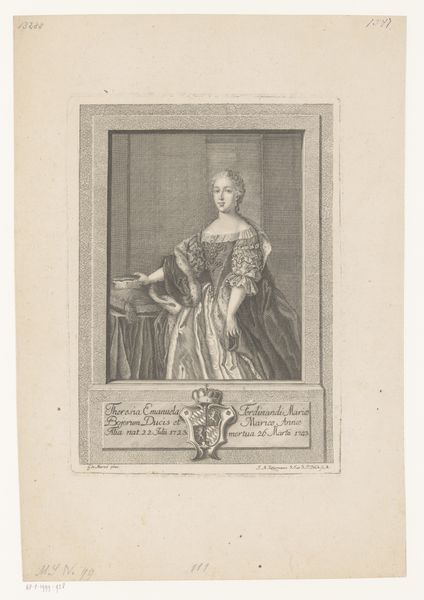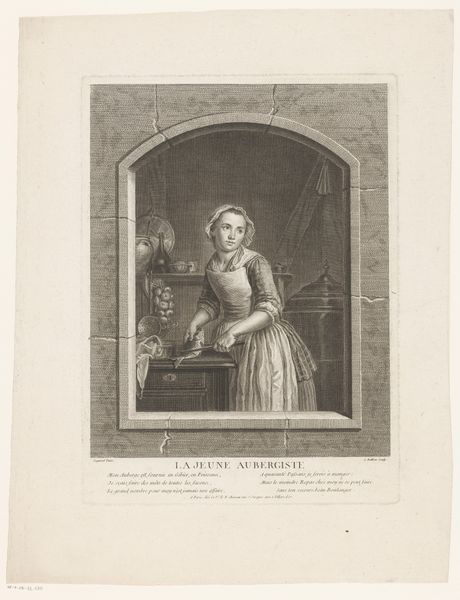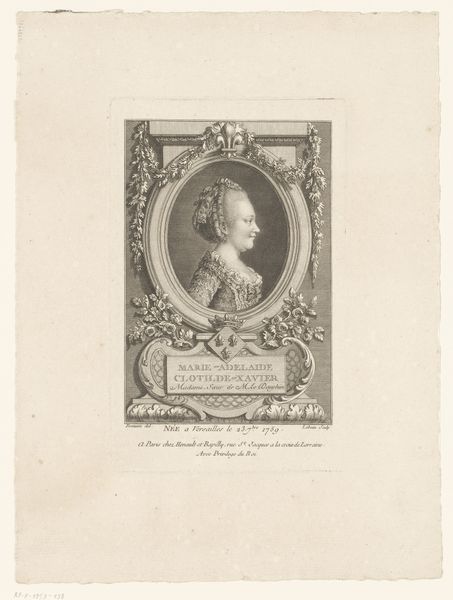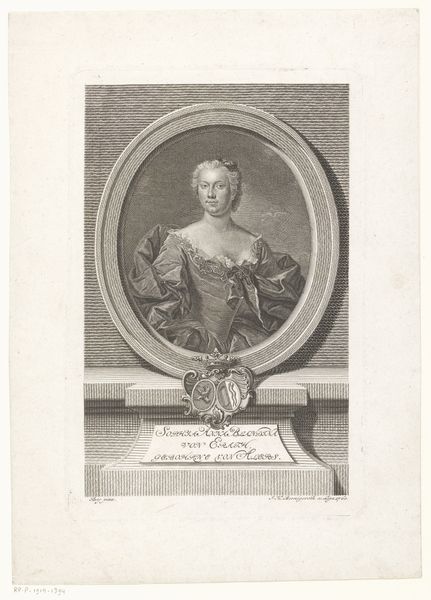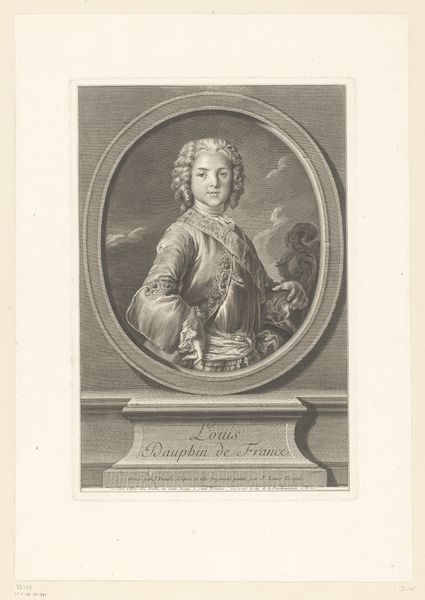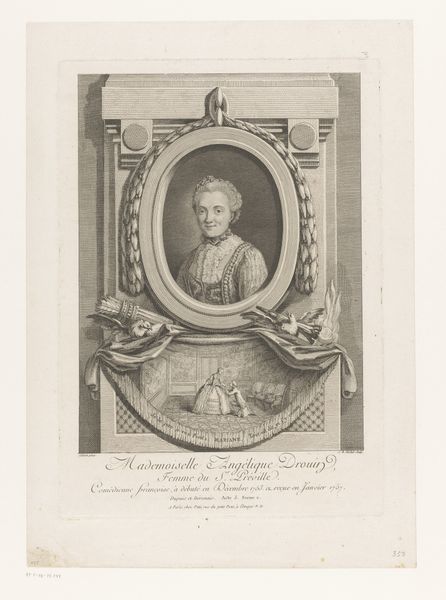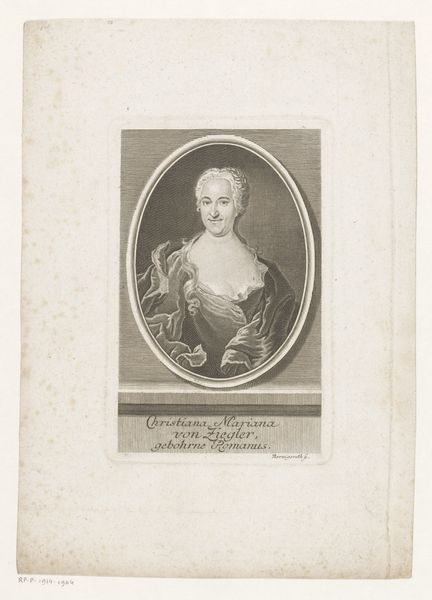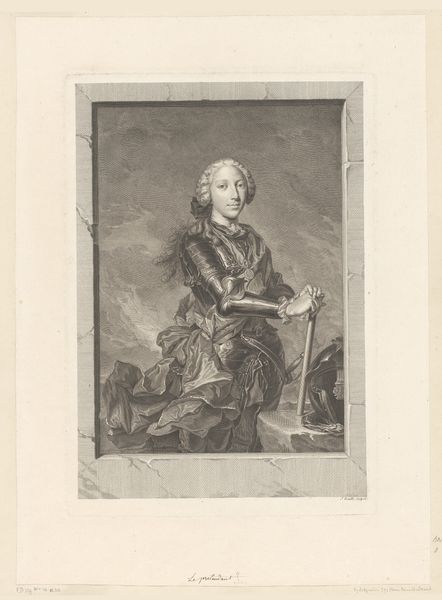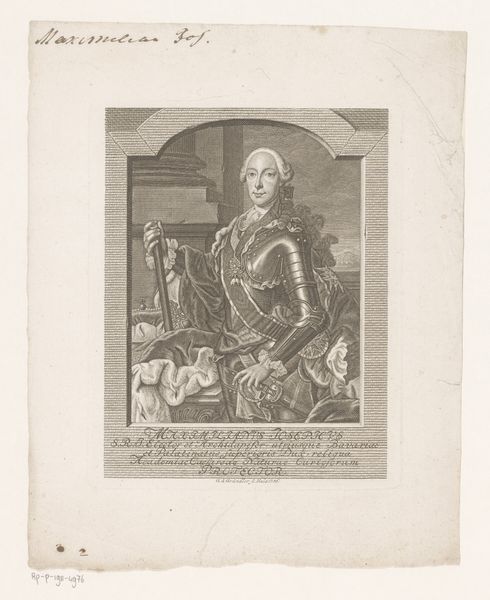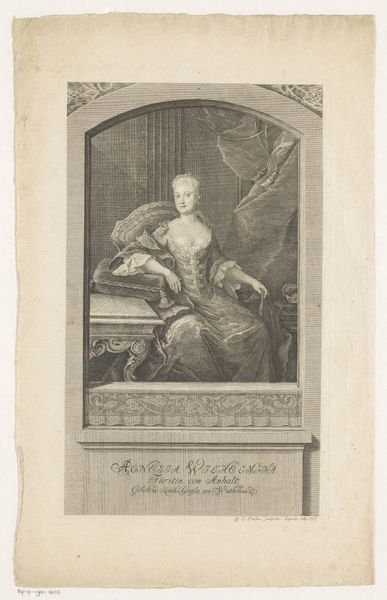
Dimensions: height 345 mm, width 254 mm
Copyright: Rijks Museum: Open Domain
Louis Michel Halbou created this print of a baker with two loaves of bread in a window sometime in the 18th century. The image offers a glimpse into the social fabric of pre-revolutionary France. Note the baker's appearance: he is well-dressed, almost aristocratic. This could be a subtle commentary on the changing social roles of the time. Bread was, of course, a staple food, and bakers held a vital position in society. The title, "Le Galant Boulanger," suggests a certain social elevation. Is Halbou critiquing the rigid class structure, or perhaps commenting on the rising influence of the bourgeoisie? To understand this print, research into the guilds and labor practices of 18th-century France would be beneficial. Consider also the role of satire and social commentary in the art of the period. Only through an understanding of these contexts can the work's significance be truly appreciated.
Comments
No comments
Be the first to comment and join the conversation on the ultimate creative platform.
